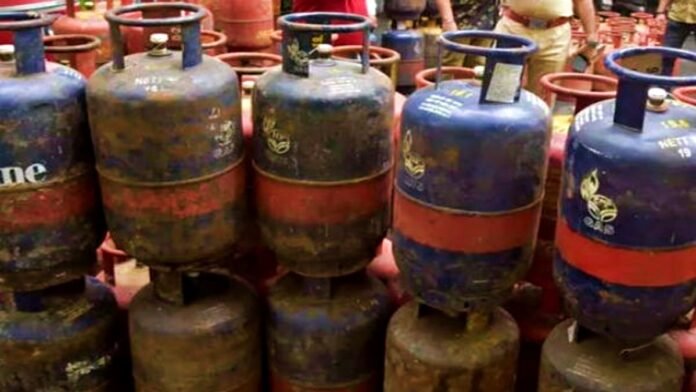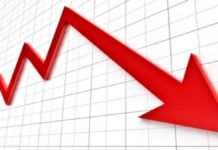
New Delhi: Just as Diwali festivities wind down, consumers are facing a fresh wave of inflation as oil marketing companies hiked the price of 19 kg commercial LPG cylinders by ₹62 on November 1, 2024. While the price rise spares domestic LPG cylinders, used in households, this increase is set to affect small businesses, eateries, and commercial establishments nationwide, potentially driving up the prices of everyday goods and services.
Steep Price Increase for Commercial LPG Cylinders
The new rates, effective immediately, mean that the 19 kg commercial cylinder now costs:
- Delhi: ₹1,802, up from ₹1,740
- Kolkata: ₹1,911.50, up from ₹1,850.50
- Mumbai: ₹1,754, up from ₹1,692.50
- Chennai: ₹1,964, up from ₹1,903
The price adjustments come as part of the monthly LPG rate revisions conducted by oil marketing companies. With this jump in commercial LPG cylinder costs, restaurants, street food vendors, and small businesses are expected to bear the brunt, potentially passing on these increased expenses to consumers.
Relief for Households as Domestic LPG Prices Hold Steady
Households can breathe a sigh of relief as the 14.2 kg domestic LPG cylinder prices remain untouched. The domestic rates, last reduced by ₹100 in August 2023, have seen no further increase, helping alleviate some pressure on family budgets amid rising costs elsewhere. The government’s price freeze on domestic LPG cylinders is seen as a move to shield households from the impact of rising inflation, especially as heating and cooking needs intensify during the colder months.
Impact on Market Prices and Small Businesses
The increase in commercial LPG prices is likely to affect the cost of food and services in restaurants, street-side eateries, and other businesses that rely on bulk gas supply. This could lead to a rise in the cost of commonly consumed items, potentially impacting consumers’ wallets across urban and rural markets.

With Diwali celebrations just concluded, the hike in commercial LPG prices underscores the financial challenges that can emerge post-festive season, adding another layer of economic strain for both businesses and consumers.






































